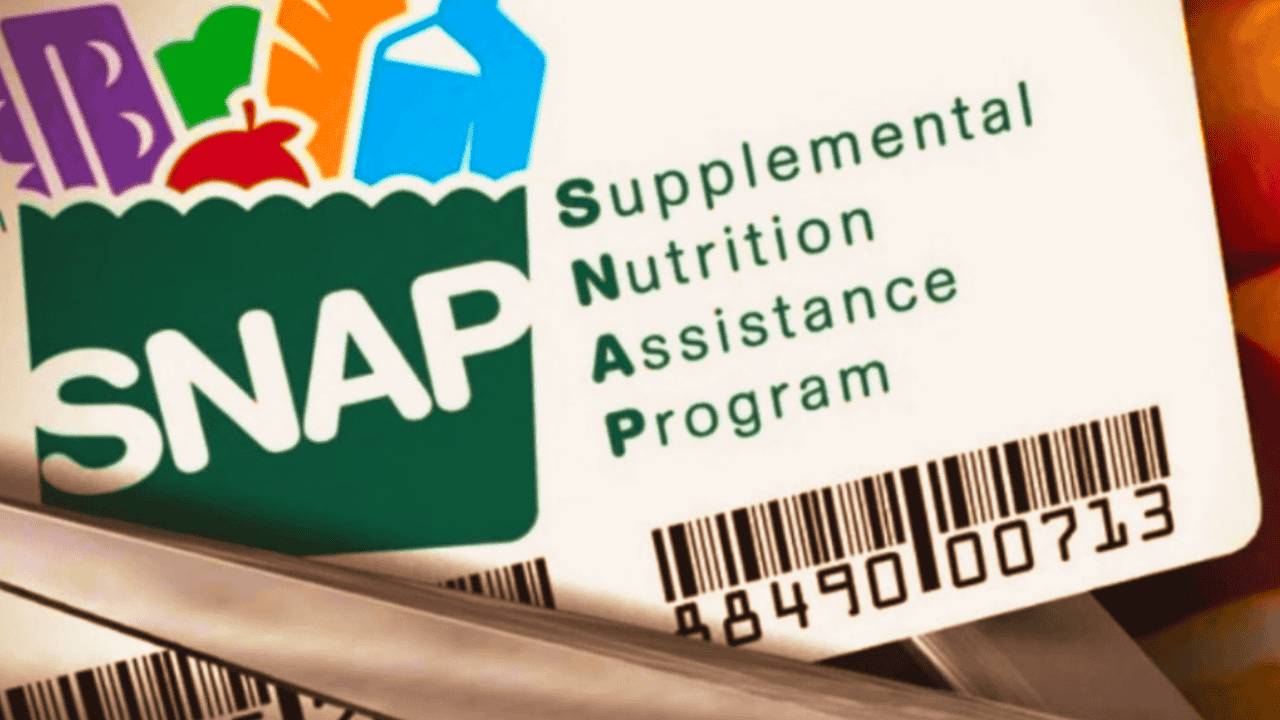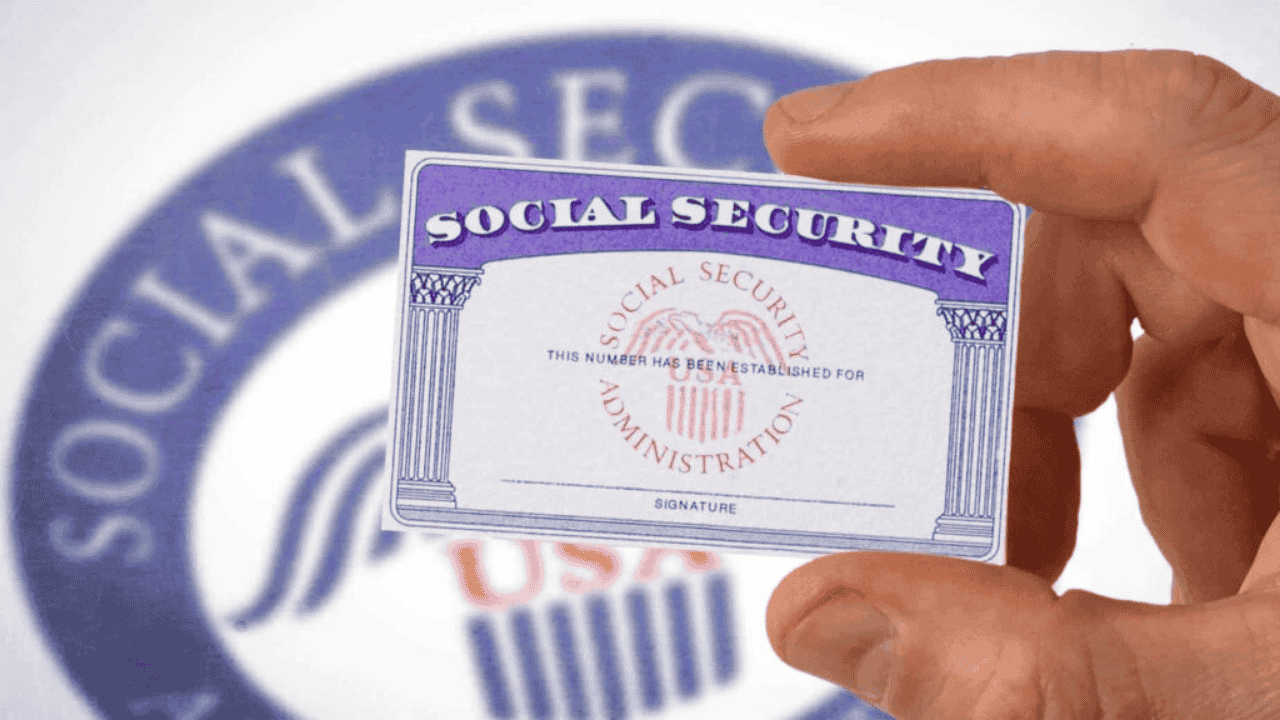Starting July 24, 2024, many retirees across the U.S. will see a sharp 50% reduction in their monthly Social Security benefits. This drastic move by the Social Security Administration (SSA) aims to recover overpaid funds sent to beneficiaries in recent years. While overpayments are often due to reporting errors or outdated financial records, the impact on seniors depending on these payments could be severe. Many are now worried about how they’ll pay rent, buy food, or keep up with their mortgage.
The SSA has begun enforcing this rule after sending out overpayment notices beginning April 25. This recovery plan mainly affects those receiving retirement, disability, or survivor benefits—classified under Title II. The change follows several past adjustments to withholding rates, which once peaked at 100% but were later dropped to 10%. While 50% might sound like a compromise, many advocates argue it’s still far too harsh, especially when the mistake wasn’t caused by the recipients themselves.
Despite the SSA offering ways for beneficiaries to challenge or delay repayment—such as requesting reconsideration, waivers, or lower withholding rates—the process isn’t always easy or widely understood. With over $23 billion in uncollected overpayments and close to $72 billion in improper payments between 2015 and 2022, the agency faces pressure to recover these funds. However, that recovery plan may come at a steep cost for retirees now facing sudden income loss.
Social Security Overpayment Recovery Begins July 24

Starting July 24, thousands of retirees will experience a significant change in their monthly Social Security income. The Social Security Administration (SSA) plans to withhold 50% of payments from certain beneficiaries as a way to recover past overpayments. This new approach is stirring deep concerns among seniors who depend heavily on their monthly checks to make ends meet.
Overpayments happen when someone receives more benefits than they should. This could be due to a missed report about their income or living situation, or even errors from the SSA’s side. In the case of Supplemental Security Income (SSI), overpayments often result from not reporting financial assets that go over the allowed limit. Since the SSA relies on individuals to report these updates themselves, it’s no surprise that such mistakes are common.
Who Is Affected by the 50% Deduction?
The 50% deduction will apply to Social Security recipients who got overpayment notices from April 25 onwards. The cuts begin after a 90-day notice period, starting around July 24, and apply to Title II benefits like retirement, survivor, and disability payments. However, those on SSI will still have a 10% withholding rate.
In the past, the SSA’s repayment demands varied widely. Under the Biden administration, the maximum rate was lowered to 10% or a minimum of $10. But earlier, there were times when the agency withheld up to 100% of monthly checks—a practice criticized as overly harsh. Though the new 50% rate is lower, advocates like Richard Fiesta from the Alliance for Retired Americans say it’s still far too damaging, especially for vulnerable seniors. For many, losing half their income could mean not being able to afford basic needs like food or housing.
Can Beneficiaries Challenge the Overpayment?
When someone is flagged for overpayment, the SSA sends a letter asking for the full amount to be paid back. Beneficiaries then have 90 days to ask for a lower withholding rate, a waiver, or a formal review. If they don’t respond within this period, the SSA moves forward with taking up to 50% of their monthly checks until the debt is cleared. Payments can be made using a credit card, online, or by check. A waiver is also possible if the person believes they weren’t at fault or if repaying would cause financial strain.
Could These Overpayments Have Been Prevented?
The scale of the overpayment problem is huge. Between 2015 and 2022, the SSA issued nearly $72 billion in improper payments, most of which were overpayments. By the end of September 2023, about $23 billion was still uncollected. In the last fiscal year alone, the SSA tried to recover money from roughly 2 million people. The agency also found that 89% of overpayment issues came up after initial SSI applications or redetermination reviews. If better monitoring—like financial account checks—had been done between these steps, SSA could have likely avoided overpaying about $2 billion just in 2023.
This entire situation highlights the urgent need for better systems and clearer communication between the SSA and its beneficiaries. While the agency tries to fix its financial gaps, many retirees are caught in the middle, left trying to figure out how to survive with half the income they counted on.









